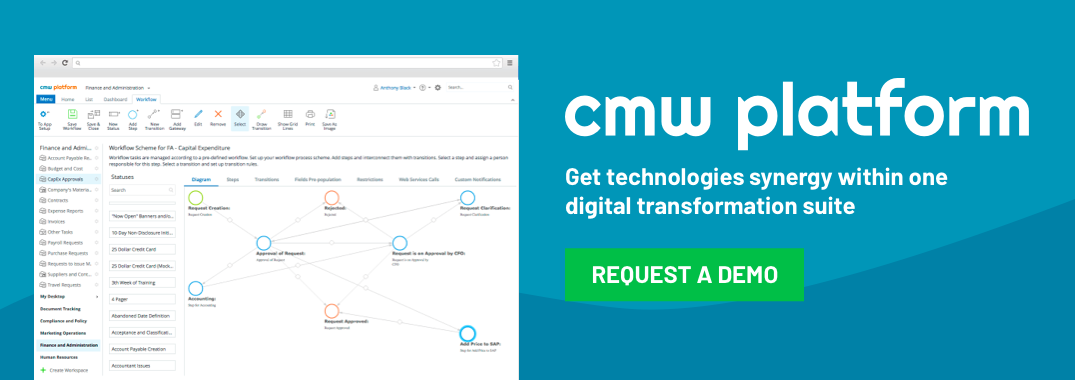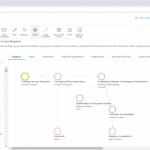How to Put Workflow Change Management to Work
July 1, 2013
Perfect planning? A worthy goal! As a manager, you know that planning is key. But even with the most perfect plan in place, work practices often need to change. Workflow change management is part of the job. How do you stay flexible and responsive to change without slowing down the work at hand?
Managing a workflow means staying on top of evolving practices. Every team process grows naturally. Workflow processes change. Tasks shift ownership. Even the sequence of events can change. That’s why it’s important to put practices into place that are not only well structured but also flexible. An adaptive team, a team that can learn from it’s experiences – that’s a team with solid potential. Managers can help that happen by building in flexibility to the heart of their practices.
Customize Your Workflow Process and Stay Responsive
Let’s look at this in detail. Say you’ve got a small team working on the first phase of a project together. They’re not certain how much material they’ll have to work with at first. So as a responsible manager, you put together a plan where they can analyze the material in sequence. You put the most important tasks first and hope for the best.
The project starts and the first sample arrives. Sue takes her turn, produces her results, and passes the sample along to Bob. After he’s finished with his analysis, he passes it along to Stephanie. She performs the last piece of the project and the data all heads for analysis. You’re pleased to find that you have plenty of material for each phase right from the start.
What do you do, as a flexible and responsive manager? You put your process change management skills to use. The last thing you want to do is slow down the team. After all, samples are now arriving in batches on a daily basis. Put Comindware Tracker to work: master that change and keep your team working without a hitch. Here’s how:
Create a workflow process in just a few simple steps.
- Create a sequence of tasks.
- Design a graphic to show the workflow using workflow builder.
- Create the next steps as tasks to track issues.
- Automate the entire process to increase team efficiency.
How does this help you stay flexible when you need to change? All you need to do is go into your workflow design and make the changes wherever they’re needed. Since the workflow is automated, the rest of the tasks will continue as programmed without interrupting the flow.
Responsive Means Timely – Making the Change Happen
Changing workflow processes often takes more time than necessary. Other managers or team members need to know about the change and how it will affect their work. A simple change can take days or even weeks. Your team can grow frustrated, waiting for the change you’ve discussed to be put into place. That’s something to be avoided – after all, you want to award efficiency. It’s best to get workflow changes into place as soon as possible.
Because you can log in anywhere and any time, you can even make these changes as they’re being discussed during your team meeting. Your team members can see themselves how the flow has changed. They’ll know if any subsequent steps are changed as a result and how these changes will be handled. That kind of transparency leads to an efficient, connected team. Being able to put changes into play immediately without wasting time keeps everyone moving toward the team goals together.
Success! Workflow change management without the pain. With flexibility like this, you’re equipped to respond to changing processes whenever you need. Get organized! Stay flexible! Stay responsive! Make workflow change management work for you and for your team.



